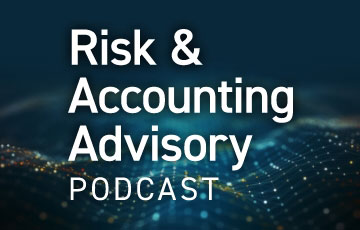Listen to Eric Poppe, Managing Director in Cherry Bekaert’s Government Contracting practice and Rich Wilkinson, Director of Product Marketing at Unanet discuss the importance of indirect rates. In part two we talk about monitoring indirect rates, why it is important, best practices in calculating indirect rates and why it is a great tool for project management.
Monitor the rates:
- If your accounting system can calculate your rates, do it monthly at a minimum
- Don’t be alarmed when they fluctuate significantly early in the fiscal year
- Track the trends in the rates and pool costs
Make course corrections as required:
- If the rates aren’t tracking to the budget, ask why
- Fix the errant cost or change the estimate in the budget
- Adjust your target rates used for project management
- If the new target rates are materially different, submit a request for approval of revised rates
- Bill the rate differential in the next billing cycle after approval.
- Keep monitoring (rinse, repeat as necessary)
This part of the cycle repeats during the year to keep the billing/target/pricing rates as close to actual as feasible. Rate variance can be a killer to profitability and in the next segment, we’ll discuss how to keep it to a minimum.
If you haven’t already, catch up on part one of the series where we discuss why government contracting firms need indirect rates and where and when to start:
- Indirect Rates – More than Just a Math Exercise: Part One
- Indirect Rates – The Close Out Process: Part Three
- Indirect Rates – Incurred Cost Submissions: Part Four
View All Government Contracting Podcasts



